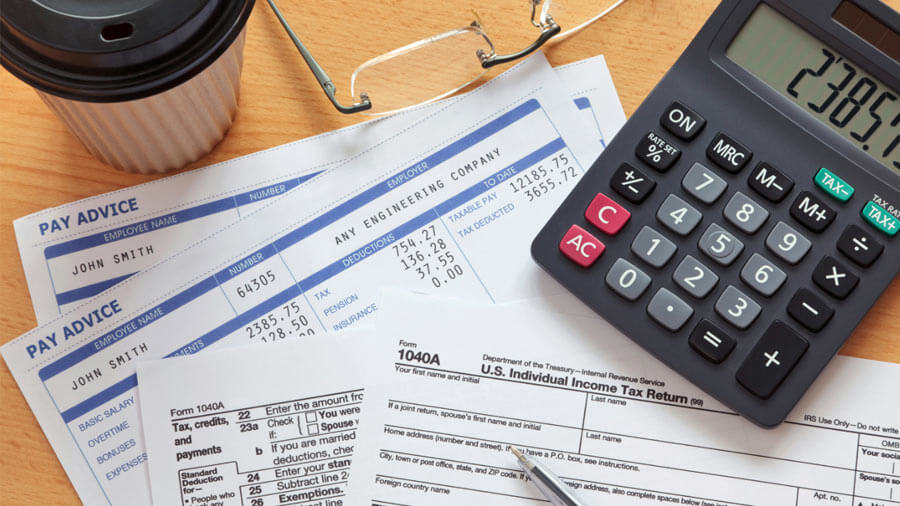What is a Payslip
Payslip Definition
A payslip is a document that is issued by an employer to an employee, typically every pay period, that details the employee's earnings and deductions for that period. Payslips serve as a record of an employee's salary or wages, as well as any taxes, and other deductions that are withheld.
Payslips typically include the following information:
- Employee Information: The name, address, and employee identification number of the employee receiving the payslip.
- Payment Details: The amount of gross wages or salary earned during the pay period, the amount of any additional compensation earned (e.g. overtime pay or bonuses), and the net amount of pay after deductions.
- Deductions: The amount of taxes withheld (e.g. income tax, Social Security contributions), as well as any other deductions made from the employee's pay (e.g. contributions to a retirement plan, health insurance premiums).
- Additional Information: Payslips may also include information about the pay period dates, hours worked, and any accrued vacation or sick time.
Payslips are important for both employers and employees. They provide a record of salary or wages paid, which is important for tax purposes and for tracking salary or wage changes over time. Payslips can also help employees to understand their take-home pay and how their wages or salaries are calculated.
Employers are typically required by law to provide employees with a payslip for every pay period, and payslips must include certain information to comply with legal requirements. Payslip regulations can vary by country and jurisdiction, so it's important for both employers and employees to understand the local requirements.
Here are some additional points to note about payslips:
- Payslips are typically issued to employees either as a printed document or electronically, depending on the employer's preferences.
- In some cases, employees may receive multiple payslips for a single pay period if they have multiple sources of income or changes to their pay during the period (such as overtime or missed shifts).
- Payslips may also be used as proof of income when applying for loans, mortgages, or other financial products.
- It is important for employees to review their payslips regularly to ensure that they are being paid correctly and that they understand the deductions and taxes being withheld from their pay. If there are any discrepancies or errors, employees should bring them to their employer's attention.
- Payslips can also help employers to keep track of their payroll expenses and ensure compliance with labor laws and regulations.
- Some employers may include additional information on payslips, such as company announcements, updates on benefits or policies, or other relevant information for employees.
- In some countries, employers must provide a minimum amount of paid leave each year. Payslips may include information about the accrual of paid leave and the remaining balance that the employee has available.
- When an employee leaves a company, they may be entitled to a final payslip that includes their final wages or salary, as well as any remaining vacation or sick time.







